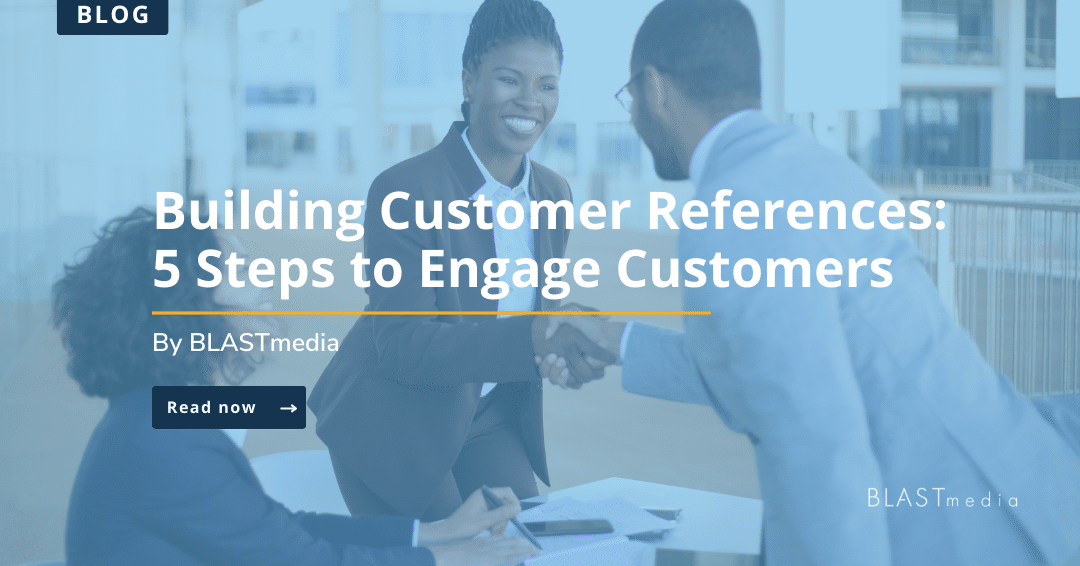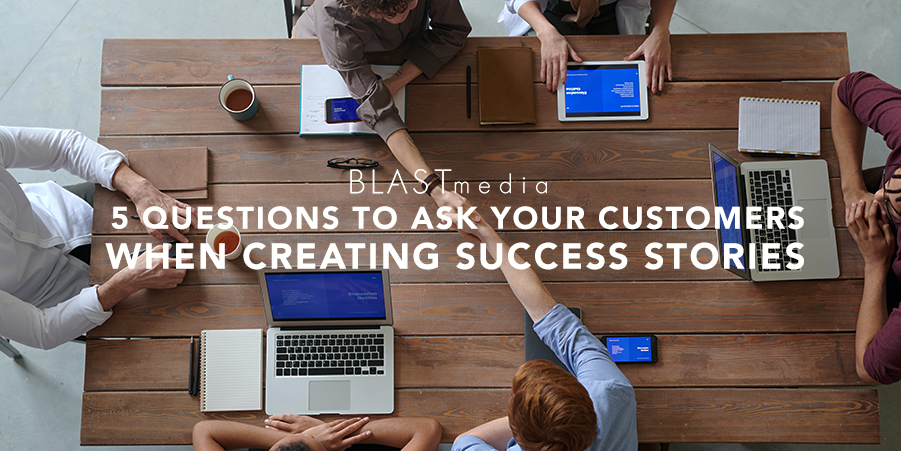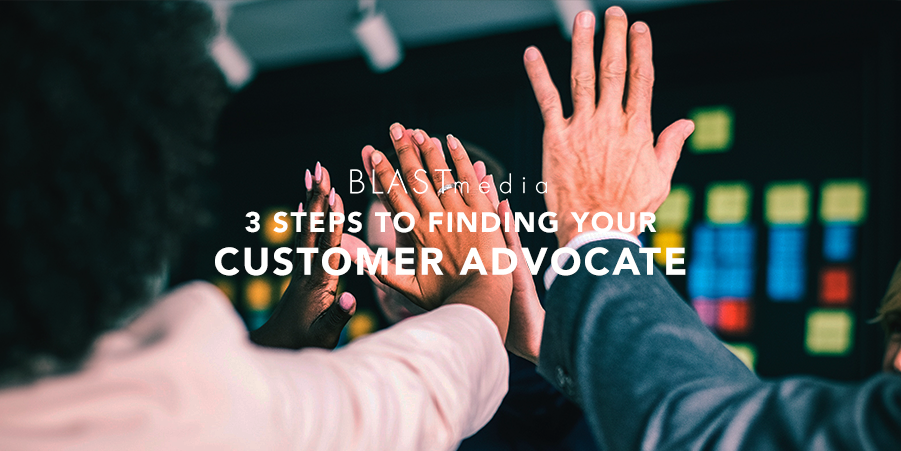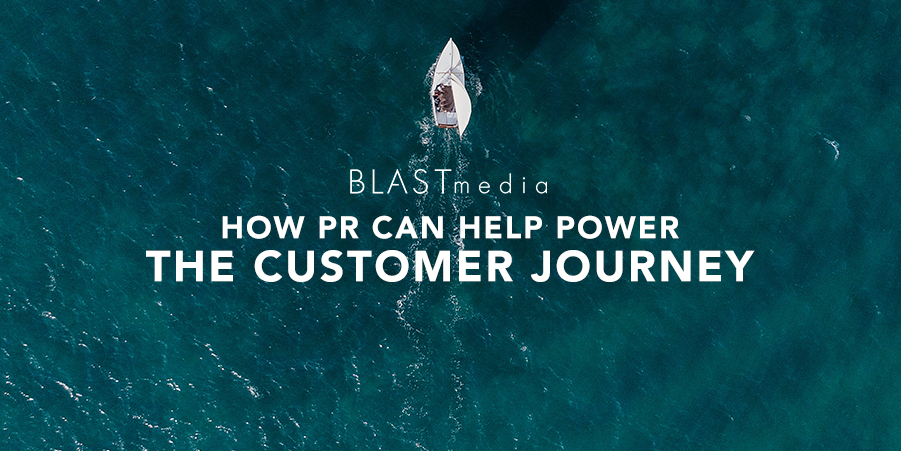When making a purchase decision, B2B buyers want to hear from current users of the platform. What are their likes and dislikes? What are the things they need to be aware of before purchasing the software? Oftentimes, buyers do this through customer case studies and references. According to the Content Marketing Institute, 73% of B2B buyers say that case studies are a key factor in their purchasing decisions.
While things like customer case studies and references are valuable, they’re not always the easiest to secure. For some customers, the effort to participate seems like too much work for little gain. While others are open to sharing their experience, but they don’t want to be named publicly. It can also be difficult to get executive buy-in, especially those in highly regulated industries.
Building a successful customer reference program takes time. However, there are steps you can take to ease customers into becoming public references, helping build your credibility and creating a positive experience for your users. Below are five ways to encourage participation in a customer reference program.
Build customer references into the contract.
Adding low-commitment or medium-commitment activities into the contract is a good way to gauge a customer’s level of comfortability in participating as a reference. Some may remove the item from the agreement, but others will keep it in. When taking this approach, we recommend starting customers with low-commitment activities and working your way up to higher-commitment activities.
Low-commitment activities:
- Sales reference calls
- Analyst reference calls
- Customer logo on website
Medium-commitment activities:
- Press release announcing the customer
- Written customer case study
- Customer blog post
- Contributed content for media
- Customer video
High-commitment activities:
- Customer presentation at events
- Media interview
Reach out to the customer.
It’s likely you know who your power users are, but if you don’t, work with your customer success team to identify impactful customer user cases. Once you find out who those customers are, have your customer success manager reach out to them, asking for a call to discuss outcomes from using the platform. You can’t have a customer reference, well, without a customer, so connect with them directly or with your CS team to stay up to date on potential opportunities.
Include customer’s marketing team.
While your customer is the one using the product, they’re likely not the ones setting the marketing strategy or making the final decision on all things marketing. Rather than involve your customer’s executive team, loop in their marketing or PR team to present the opportunity. Be sure to have a plan in place on how you intend to use the customer reference, what the next steps look like and how the relationship/experience will work.
By working together with your customer’s marketing team, you have a higher chance of getting buy-in from the executive team and ultimately being able to leverage them as a public reference.
Prepare the customer spokesperson
Whether your customer spokesperson is media-trained or not, it’s important to touch base with them to discuss the outreach plan and key messaging to be used in interviews. Your SaaS PR team should connect with the customer to inform them what to expect during the process. If a customer needs additional support, consider scheduling a separate media training session that helps them practice potential questions and work through their messaging.
Secure media opportunities
While hearing from company thought leaders is valuable, reporters want to hear from a vendor’s users. With your customer spokesperson ready to go and the outreach plan approved, your SaaS PR team has what they need to get the ball rolling and secure media opportunities.
During this process, when sharing media requests with your customer, be sure to showcase the potential value the interview can add for them and their company. Yes, they’re talking about their experience with your platform, but it’s also a way to boost their thought leadership and brand.
Remember, building customer references takes time. You don’t want to rush this process. Instead, approach these conversations with customers patiently and strategically. Use low-level commitment activities to show its value early on while building up to higher-commitment activities like media interviews. In doing so, you can further build your relationship with your customers and continue building a strong brand with their references.
For more ideas on how to build customer references, check out our Building Customer References ebook.





